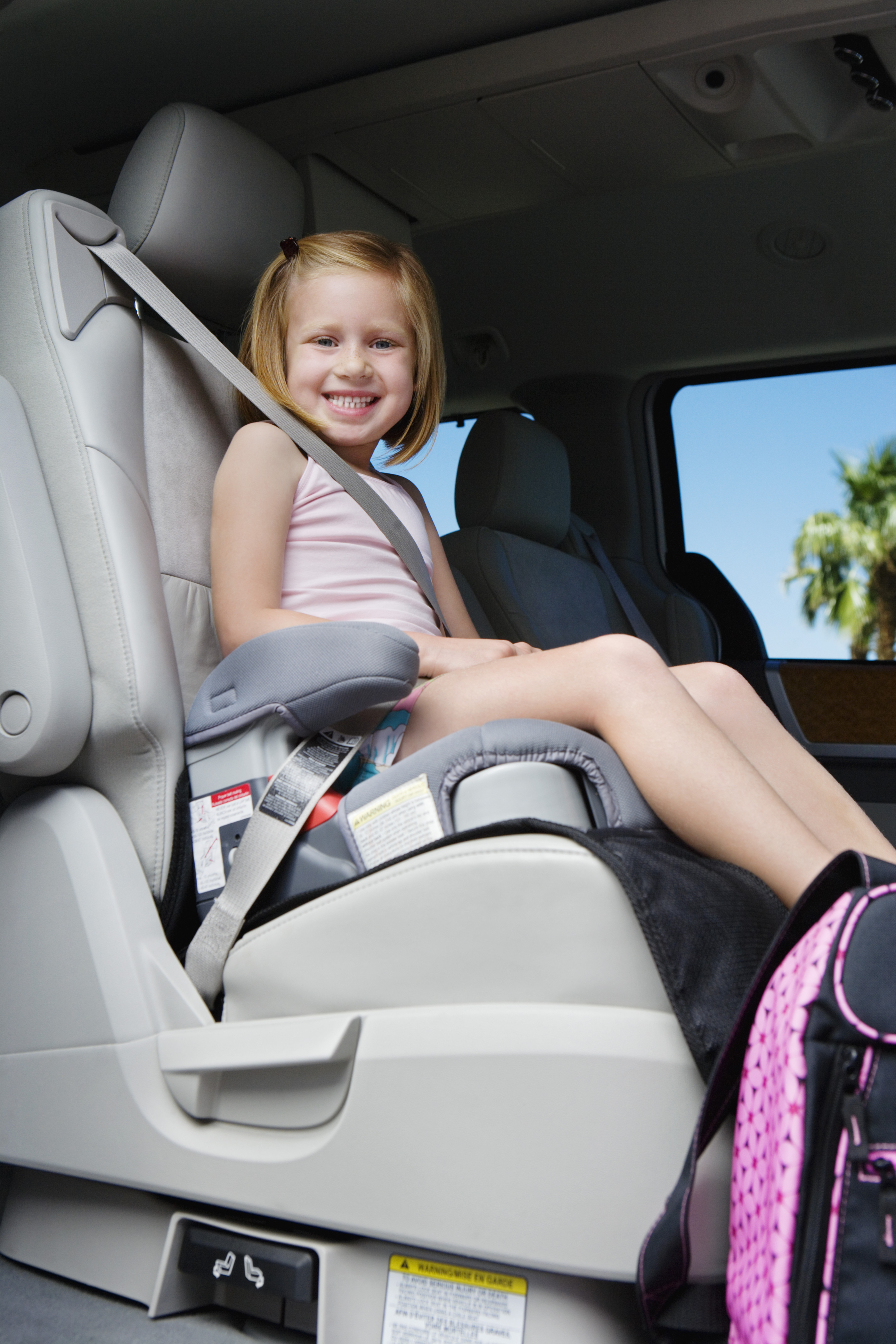Best Practice for Booster Seats
By Kaitlyn Silvestri Ellis
The American Academy of Pediatrics and NHTSA recommend Rear Facing until at least age two, but ideally until the child reaches the height or weight limit for their convertible car seat.
This is usually around 40-50 pounds depending on the car seat. Rear facing is the best way to protect a fragile and still developing head and spine.
Once children have outgrown their Rear Facing seat, they should Forward Face in a 5-point harness until they outgrow the weight or height limits for their seat. Always use the top LATCH tether for Forward Facing.
Booster seats protect children who are too big for a 5-point harness, but too small for an adult seat belt. How do you know when your child is ready for a booster seat?
- Child should be at least 5 years old.
- Child should meet the height and weight requirement for their booster seat.
- Child needs to be mature enough to stay in the correct position (even when they fall asleep) for the entire trip. This level of maturity normally does not sink in until the child is anywhere from 5-8.
In order for a child to be considered big enough for the seat belt alone, ask yourself these questions:
1. Does the child sit all the way back on the vehicle seat?
2. Are knees bent comfortably at the edge of the vehicle seat and have feet planted on the floor?
3. Does seat belt cross the shoulder properly? (It should be centered over the collar bone.)
4. Is the lap portion of the seat belt low –touching the thighs?
5.Can the child stay seated this way for the entire ride, every ride (awake and asleep)?
Most children don’t meet all of these steps until around age 10-12.
The Kentucky state law is that children under 40 inches must ride in a car seat. Children under age 7 or 50 inches must ride with a booster seat. Laws are usually minimum requirements, and do not reflect the best practices to keep your child as safe as possible.


